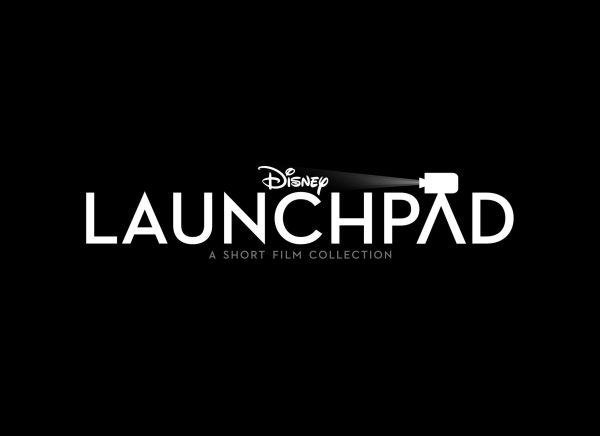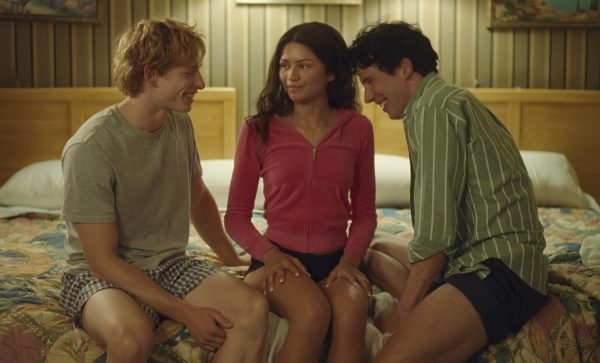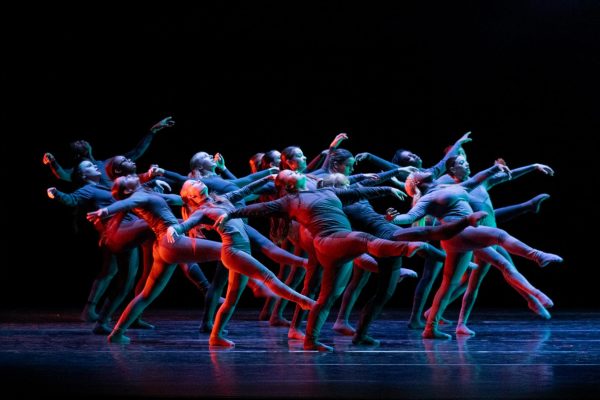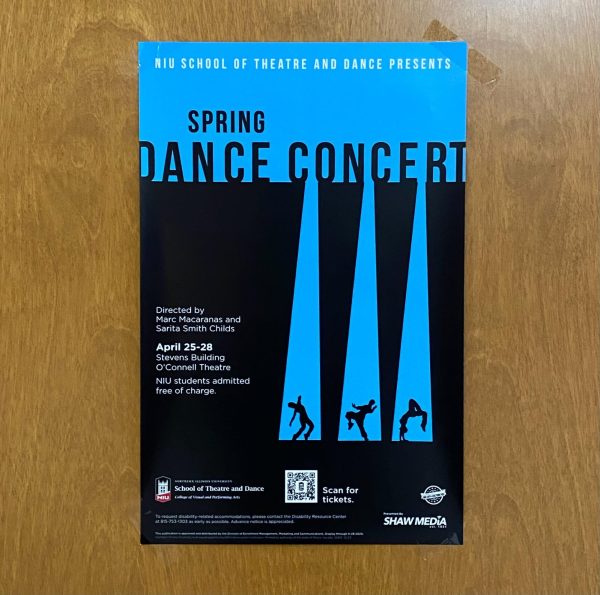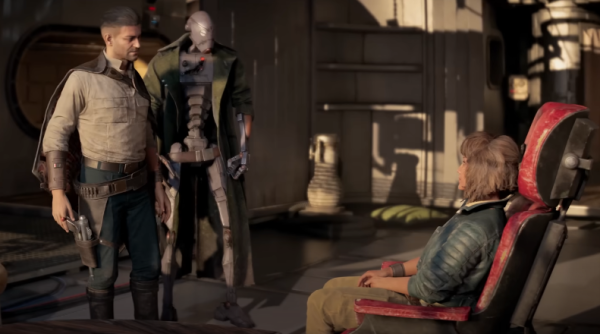Amy Winehouse’s hologram goes on tour
November 3, 2018
Amy Winehouse is embarking on a worldwide tour beginning in 2019, despite her untimely death in 2011. With recent developments in technology, a hologram version of the late singer will be able to tour in 2019.
Winehouse’s father, Mitch, has been working closely with Base Entertainment to ensure the hologram is as accurate as possible, according to Vox published Oct 23 2018. To iron out further moral issues, 100 percent of the tour’s profits will go to The Amy Winehouse Foundation, a charity designed to help young people with alcohol or drug addictions. Even with a noble cause, it isn’t out of reason to explore the pros and cons of holographic performances from artists dead or alive. This holographic tour has it’s head in the right place with the beneficiary, but technology like this can lead to unholy money grabs in the future.
The first time a hologram of a dead musician was used in a commercial performance was in 2012 at the Coachella Valley Music and Arts Festival in Indio, California. A holographic image of Tupac Shakur performed alongside collaborators, Snoop Dogg and Dr. Dre. The holographic effect was made possible by a projection on a specially coated glass pane. The act was met with mixed feelings regarding morality, with people questioning whether or not it is acceptable to use the image of an artist who has passed away for live performances. The era of bringing back artists from the dead had begun.
While holograms have been used in music previously, the first uses didn’t try to resurrect dead singers. Hatsune Miku is a virtual Japanese pop-star made possible by vocaloid software, a type of program that synthesizes human-like vocals from scratch. The first time the cyber-teen performed in front of a live audience was in 2009 at the Saitama Super Arena in Japan, according the Anime News Network.
Miku is incredibly popular; she landed an opening spot for Lady Gaga on her 2014 tour supporting her album, “Artpop,” as well as collaborated on a song with Pharrell Williams. Another virtual band materialized for an audience is Gorillaz: a project created by Damon Albarn and visual artist Jamie Hewlett. Albarn and a crew perform live with visuals of the fake band behind them most of the time. The fake band performed in hologram form for the MTV EMAs in 2010. This was the first and last time such a performance was given by the band.
It’s obvious this technology has made it possible to entertain an audience with posthumous performances, but should it be done? On one hand, it gives fans a chance to see what it might have been like to see their favorite artist perform live if they didn’t get the chance while they were alive. Most people would jump at the chance to see Elvis croon about his blue suede shoes one more time. On the other hand, it can be exploited for easy money to take from loyal fans of the deceased artist. If curators of such a concert or tour aren’t conscientious, the act could turn foul quickly. A tour from Queen for the fifth year in a row would put a sour taste in the mouths of many. As long as the fans are content paying to see a projection, there could be huge potential in this tech. With permission from the estates of deceased artists, there isn’t any conflict of interest. Paying fans will want to see whichever singer or band perform again and venues and labels earn more profit. The art of the holographic concert could turn stale quickly if new and exciting features and attractions aren’t introduced. The concerts obviously wouldn’t take precedence over live artists, but they could have their place.
John Moellring, a finance major here at NIU, thinks the idea of a holographic performance is neat, but wouldn’t pay money to see such a performance. “If there was a snippet of a hologram in a concert, that would be cool, but I don’t think I’d pay to see an entire show of a hologram,” said Moellring.
This upcoming tour from the hologram of Amy Winehouse has its morals in check with the inclusion of profits going to charity. However, hologram tours could turn into an ugly cash pool if not kept in check by the curators.




